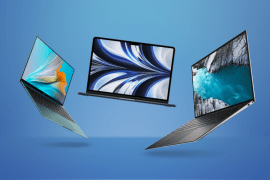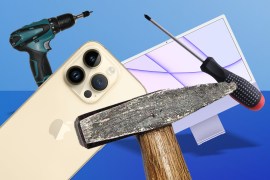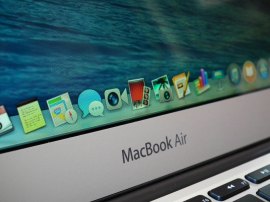The 12 worst Apple products of all time
Thought the iPhone maker was infallible? Think again
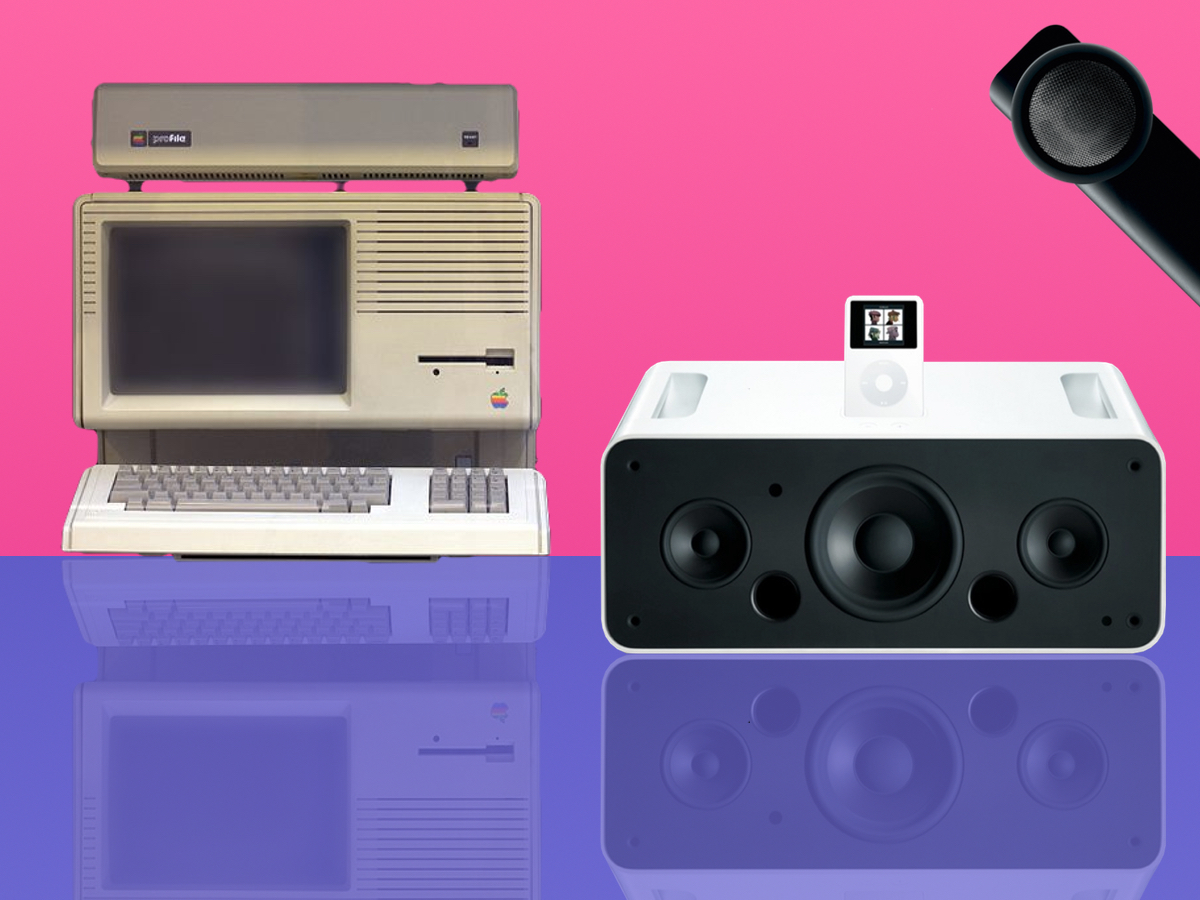
The 12 worst Apple products of all time
In the era of the all-screen iPhone X, it’s tempting to think that Apple is the flawless creator of all things smart and shiny. Alas, potter through the California tech giant’s potted past and you’ll find more than a handful of less-than-clever products that prove it to be just as fallible as the rest of us. Albeit much, much richer. Here are the 12 worst products that ever left the Apple design department.
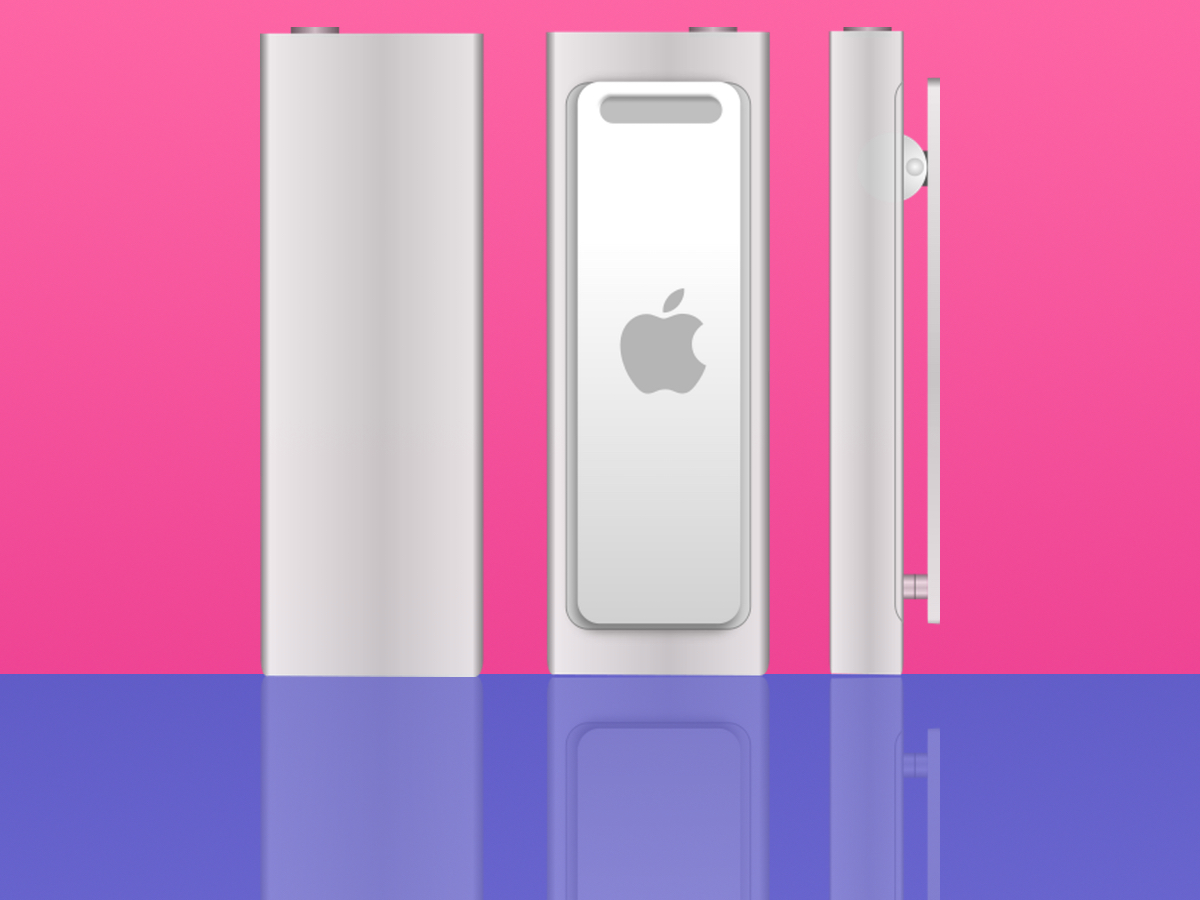
12) iPod Shuffle (Third Generation) (2009)
Lightweight, stylish and ready to shuffle, Apple pulled a classically ‘brave’ manoeuvre in 2009 by removing every button from its 3rd Gen Shuffle. Yep, the updated clip-on player shipped devoid of any controls. Instead, playback was controlled via an in-line remote on the bundled headphones – which proved less than intuitive. Oh, and you could only use your existing cans with a costly adapter.
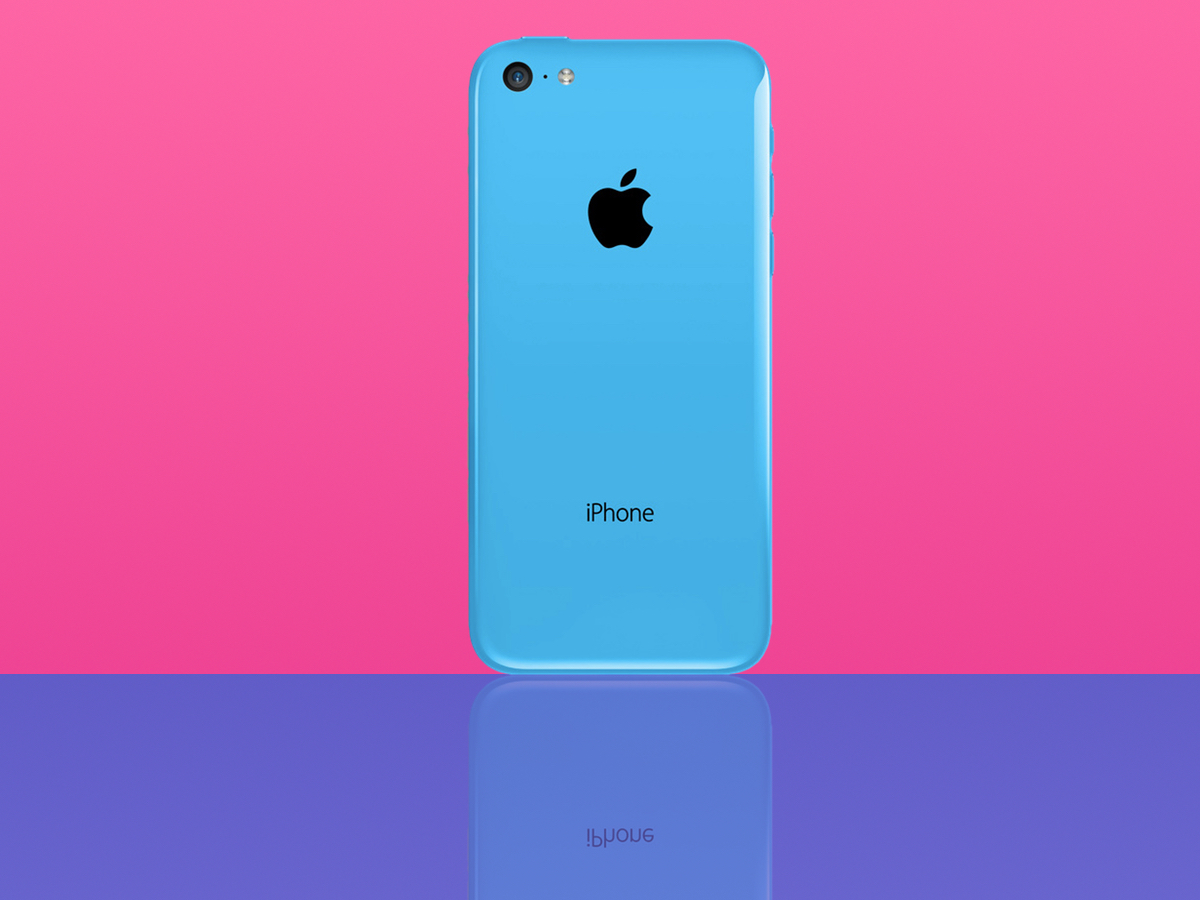
11) iPhone 5c (2013)
For all the pop and colour of Apple’s first budget iPhone, the 5c had one major flaw: it only packed 8GB of storage space. Set aside a healthy chunk for iOS and you were left with closer to 5GB that you could actually use. With no microSD slot (this is Apple we’re talking about), you were stuck with culling your photos at regular intervals and only installing your absolute favourite apps – while glaring jealously at your mate’s 64GB iPhone 5s.
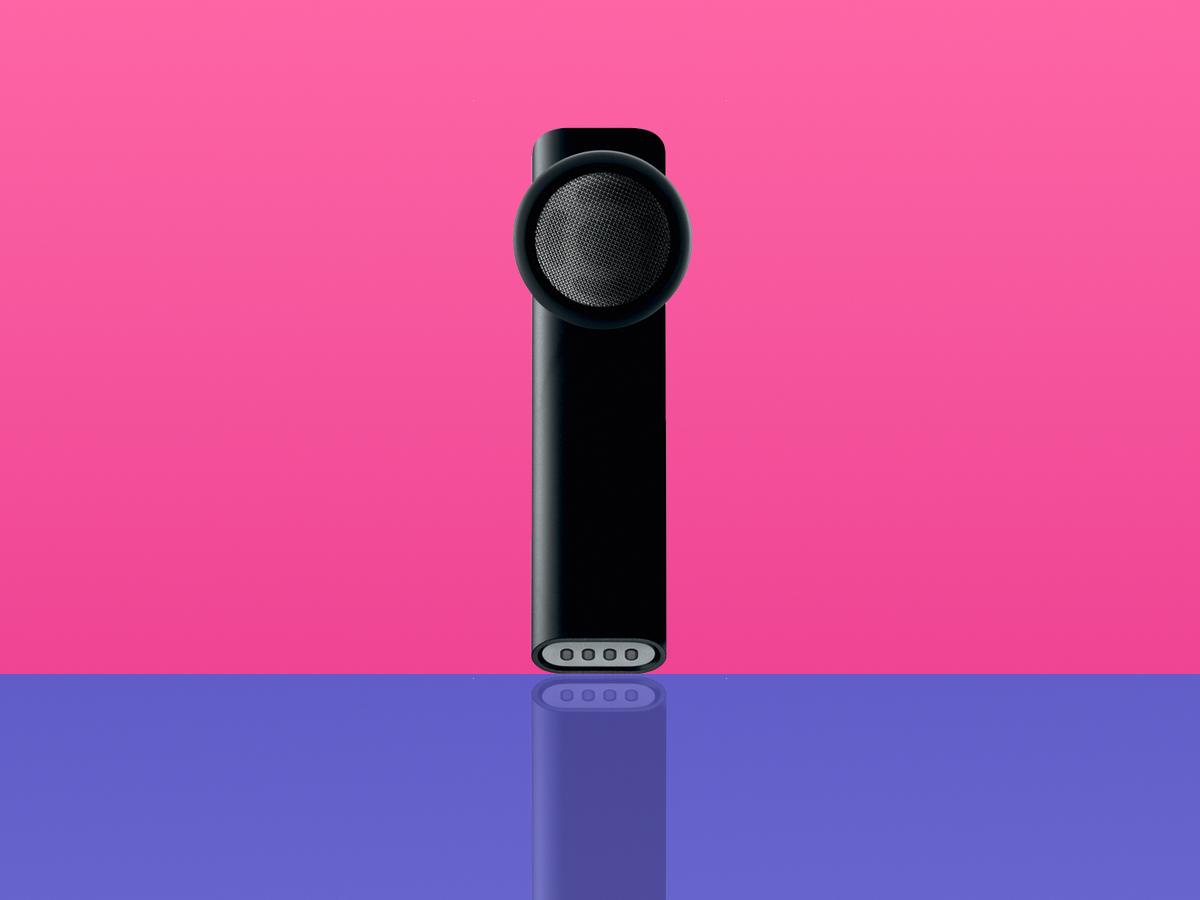
10) Apple Bluetooth Headset (2007)
One of the first accessories launched for the game-changing iPhone in 2007, Apple’s official Bluetooth Headset was predictably overpriced and excessively minimal. While it looked a good deal more stylish than your average taxi driver’s earpiece, its combination of a one-button interface and an inflated price tag ($129) made it a peripheral that was anything but essential.
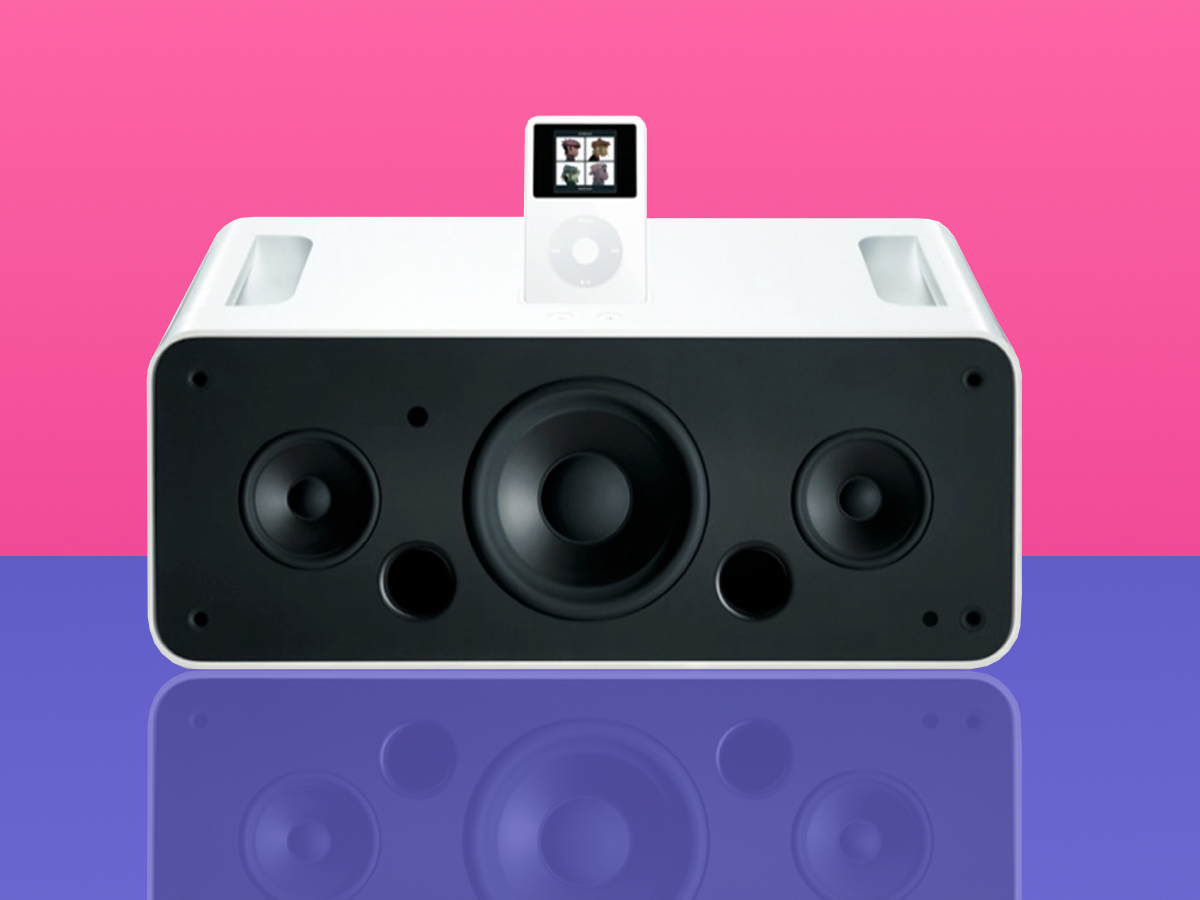
9) iPod Hi-Fi (2006)
While the iPod eclipsed Sony’s Walkman as the synonym for tunes on the go, its Hi-Fi effort didn’t enjoy similar success. Besides a suitably Apple price tag, this pared-back boombox was replete with flaws – from a flimsy connector to an unpredictable relationship with iPods. Worst of all? It didn’t even sound that good.
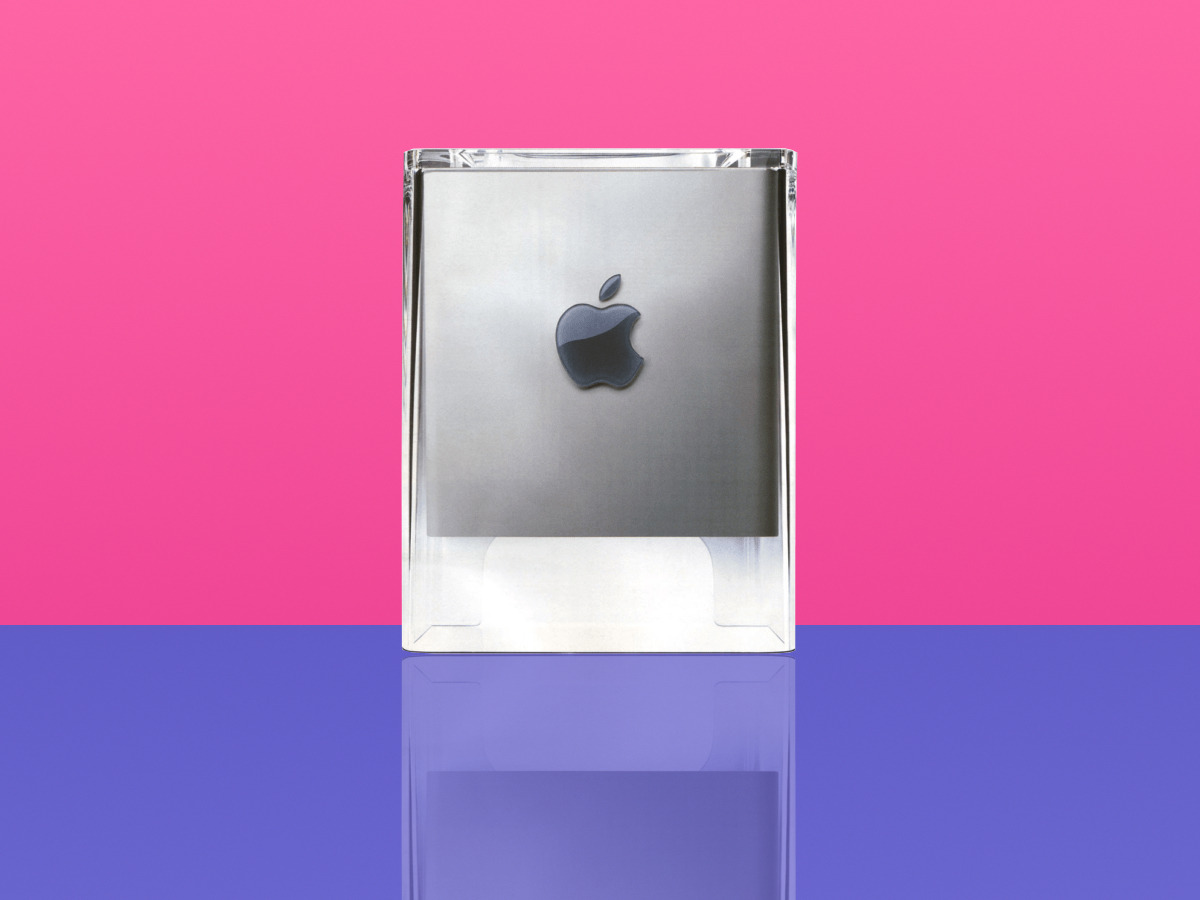
8) G4 Cube (2000)
Design icon or otherwise, Apple’s G4 Cube was certainly remarkable: Apple sold so few of its glass-on-metal boxes that production was culled just a year after launch. Delivering the fatal combination of divisive design, underwhelming specs and an overwhelming price tag (not to mention limited upgrade options), Apple’s effort at revolutionising the plain old PC box turned out to be a grand exercise in loss-cutting.
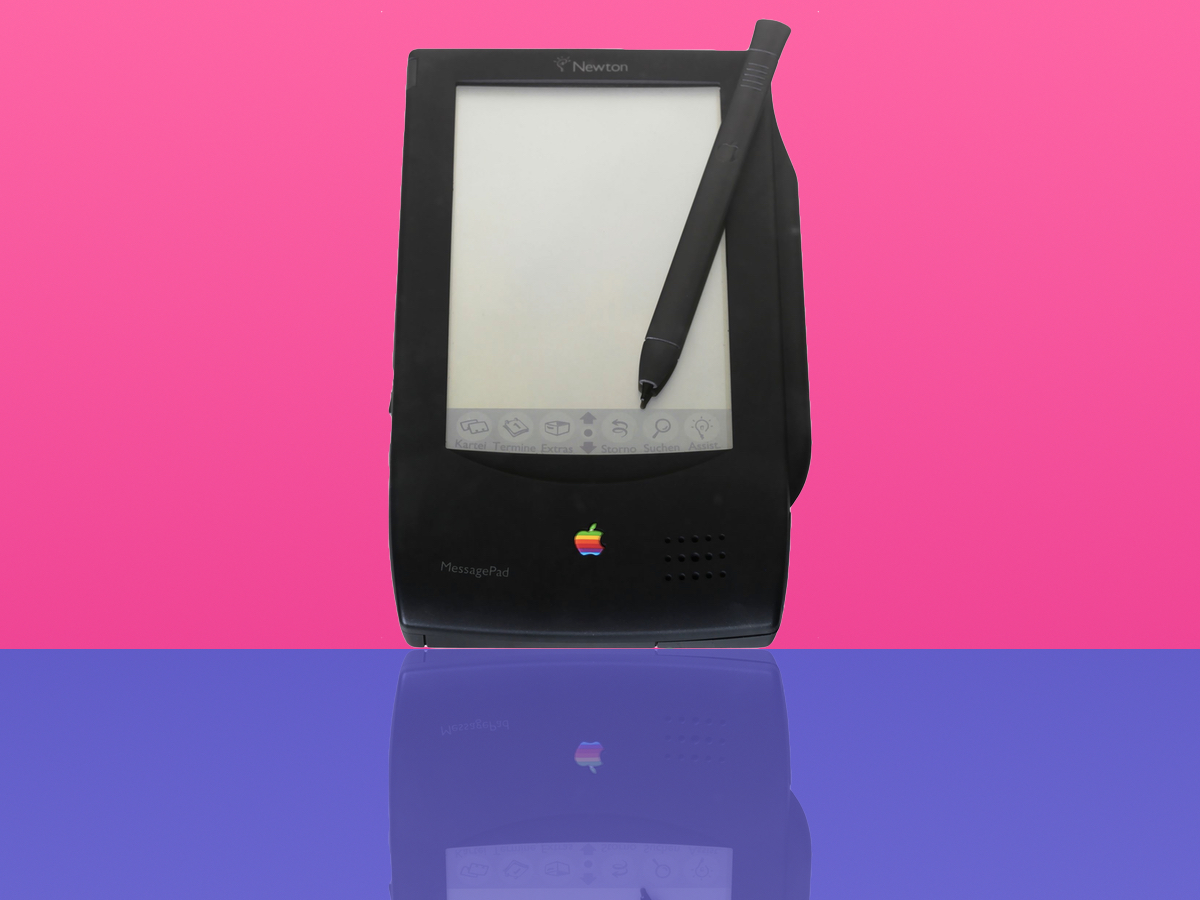
7) Newton MessagePad (1993)
Back in the ‘90s, PDAs were all the rage – even if there weren’t the data networks to support them. The Newton MessagePad was Apple’s first effort at a personal organiser, promising to recognise users’ handwriting and make scribbling digital notes a cinch. Alas, its first iteration panned thanks to a combination of shoddy battery life and the revelation that the handwriting software was actually pretty rubbish.
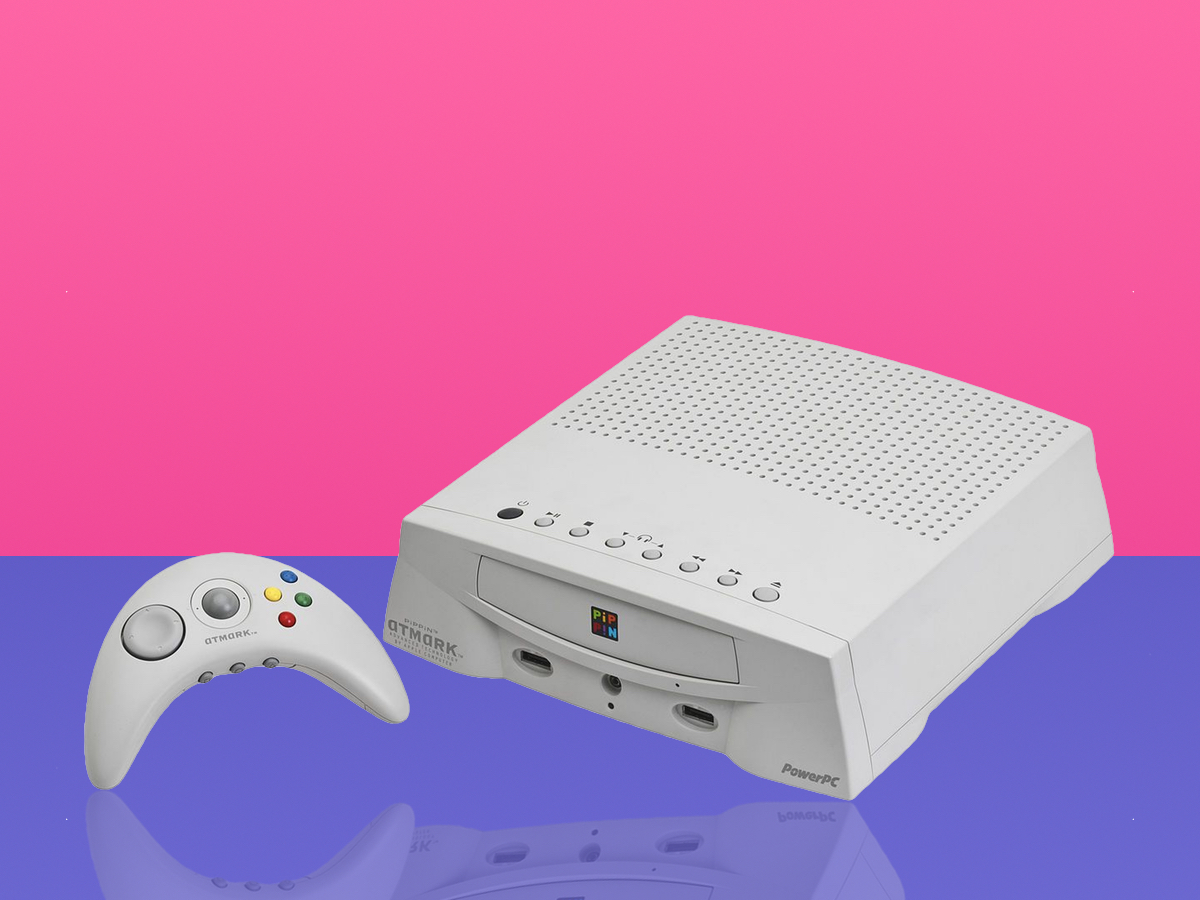
6) Pippin (1996)
Nowadays, gaming on an Apple product means blitzing your battery with an afternoon of Candy Crush. Back in 1996, though, we had Pippin. Essentially a repackaged Mac, it was marketed as an “integral part” of your home entertainment system. In fact, the Apple-designed, Bandai-built machine was an under-marketed, overpriced flop of epic proportions.
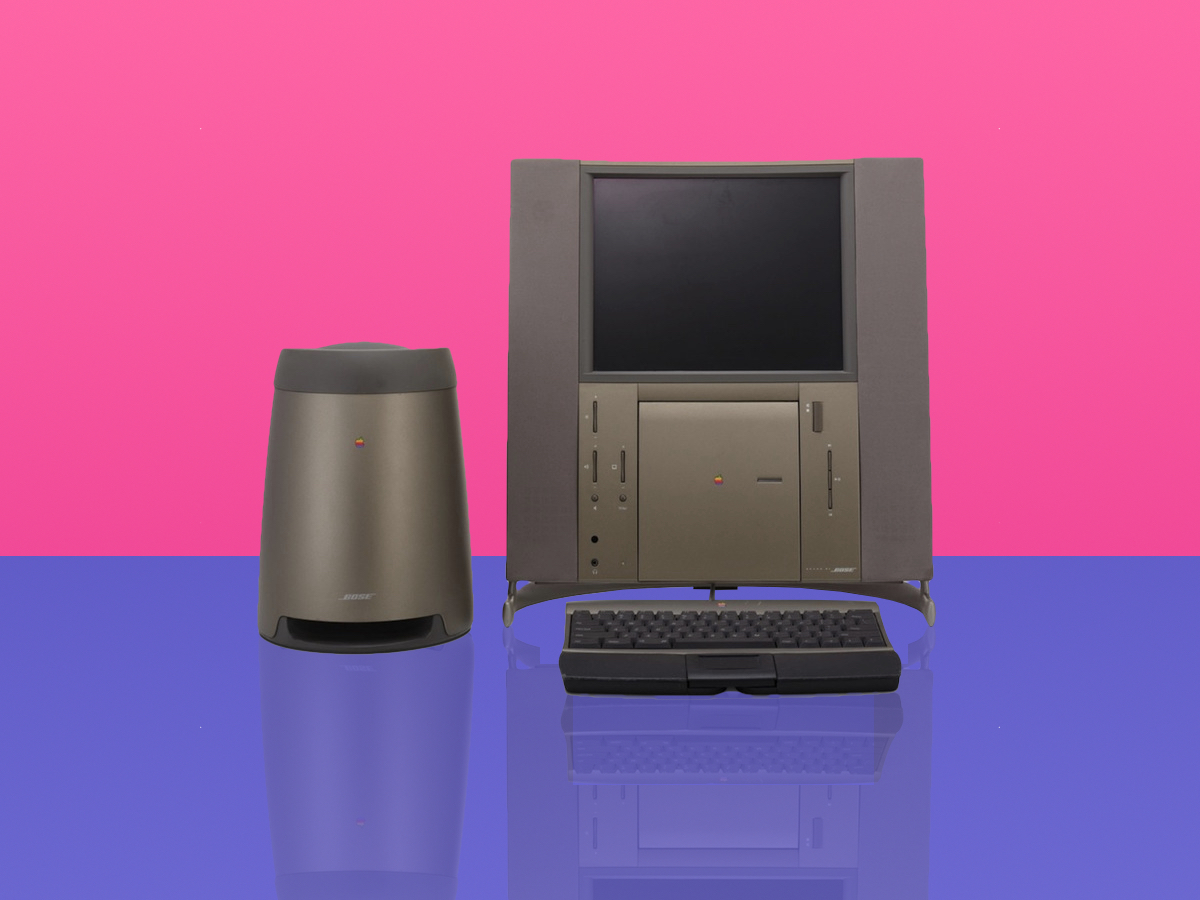
5) 20th Anniversary Mac (1997)
What better way to celebrate your 20th birthday than by releasing an underpowered computer that costs the earth? Styled by Apple’s golden boy Jony Ive, the Twentieth Anniversary Macintosh (or ‘TAM’) might have set the trend for the all-in-one PCs of today, but its astronomical price tag was its instant undoing: originally going to market at US$9,000, it was subsequently cut to US$3,500, then again to US$1,995 after it was culled by Steve Jobs.
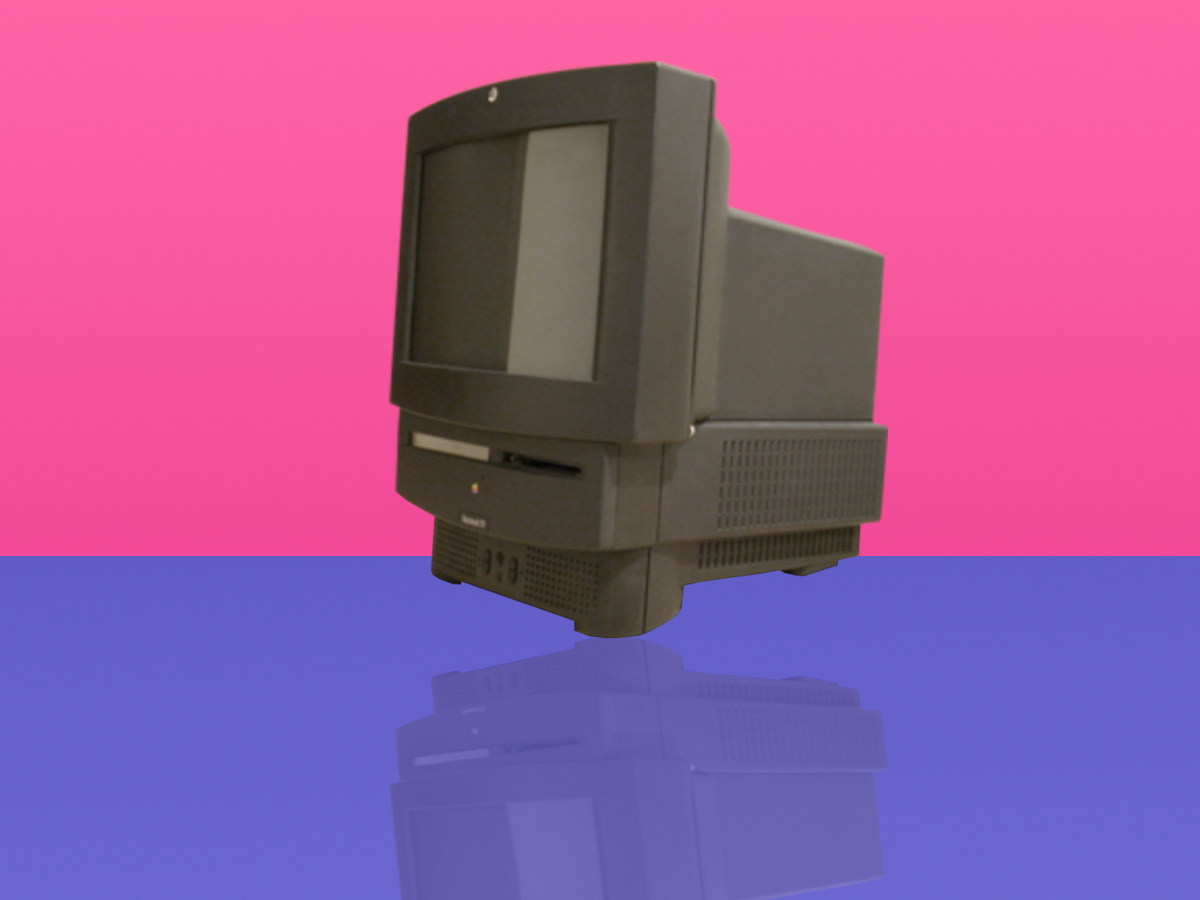
4) Macintosh TV (1993)
Is it a Mac? Is it a TV? Actually, Apple’s Macintosh TV was sort of both – and sort of neither. Essentially a rebranded, black-on-black LC 520 Mac, its nifty trick was switching to entertainment duties via an in-built Sony CRT TV. Except the confused combo wasn’t good enough at either function to justify the US$2,000 price tag – and it was discontinued after just 3 months.
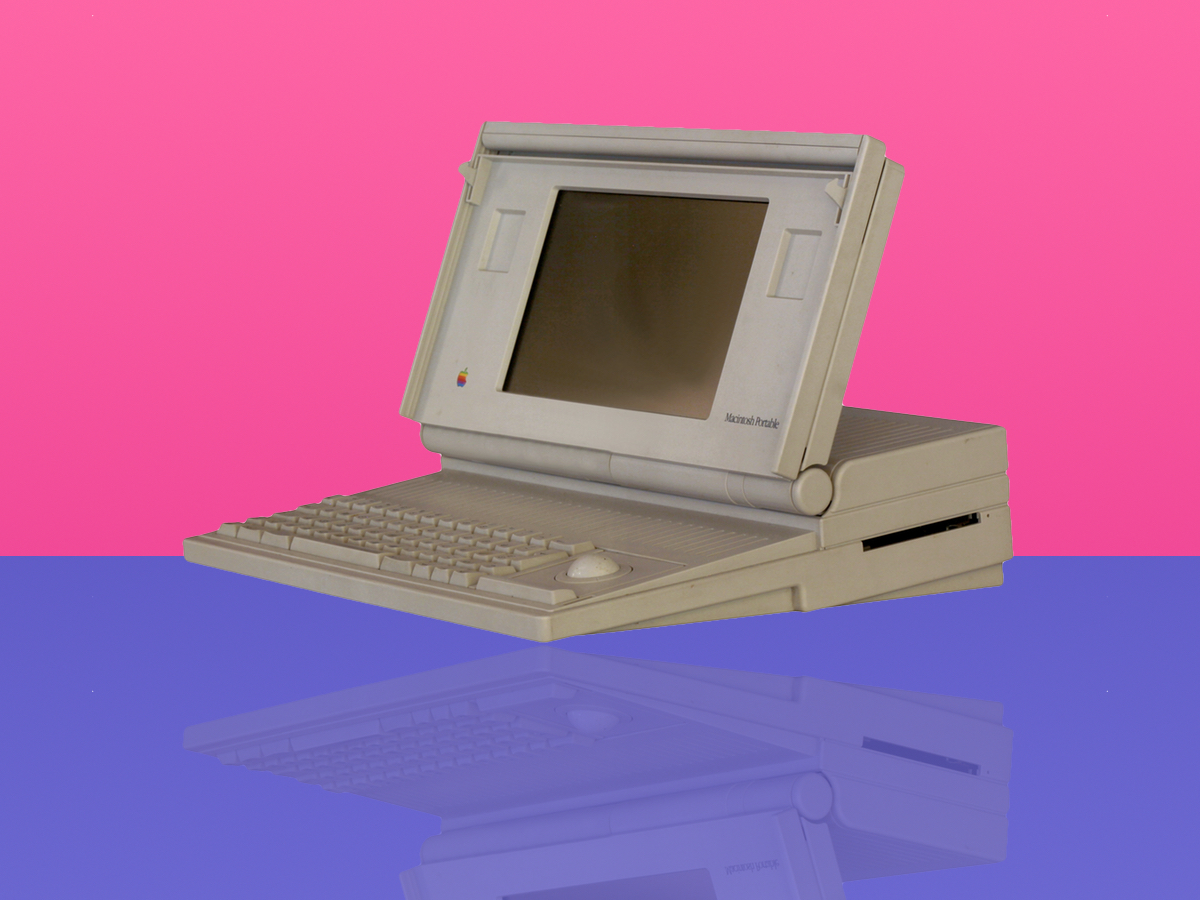
3) Macintosh Portable (1989)
Taking Mac power on the go is a given nowadays, but Apple’s first movable Mac was a far cry from the MacBooks of today. Despite its moniker, the Portable was an absolute lump, hitting the scales at some 7.2kg – most of which was thanks to cumbersome lead-acid batteries which died if they went flat. In partnership with a pretty cruddy screen, the US$6,500 price looked pretty steep indeed.
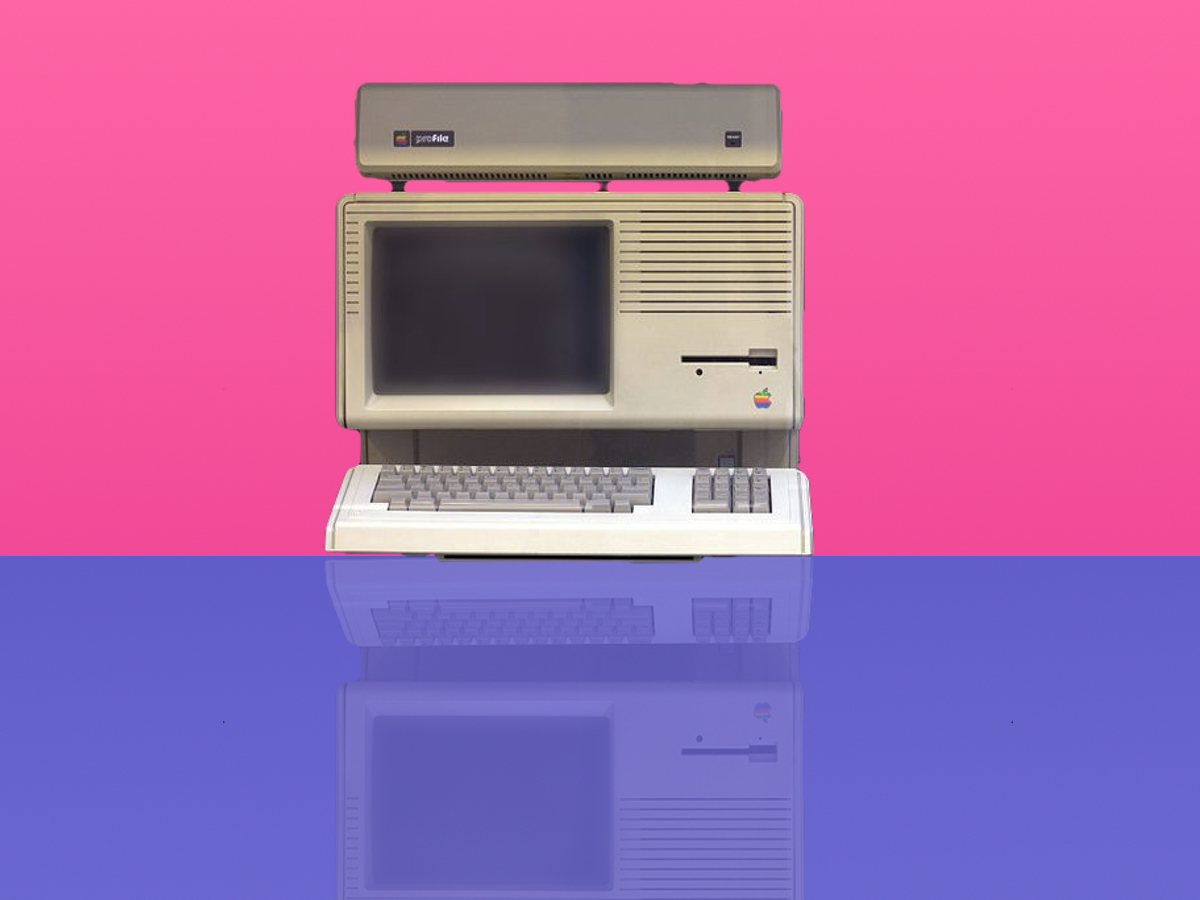
2) Apple Lisa (1983)
Styled like something straight out of a hospital, Apple’s Lisa was a prototype business computer that somehow made it to market under Steve Jobs’ supervision (which saw him swiftly reassigned to the Macintosh project). Released with a staggering US$10,000 asking price, Lisa might have been the forerunner to the Mac but it was an abject failure for Apple. Its novel graphical user interface used up most of its power, while its cost was unpalatable to almost everyone.
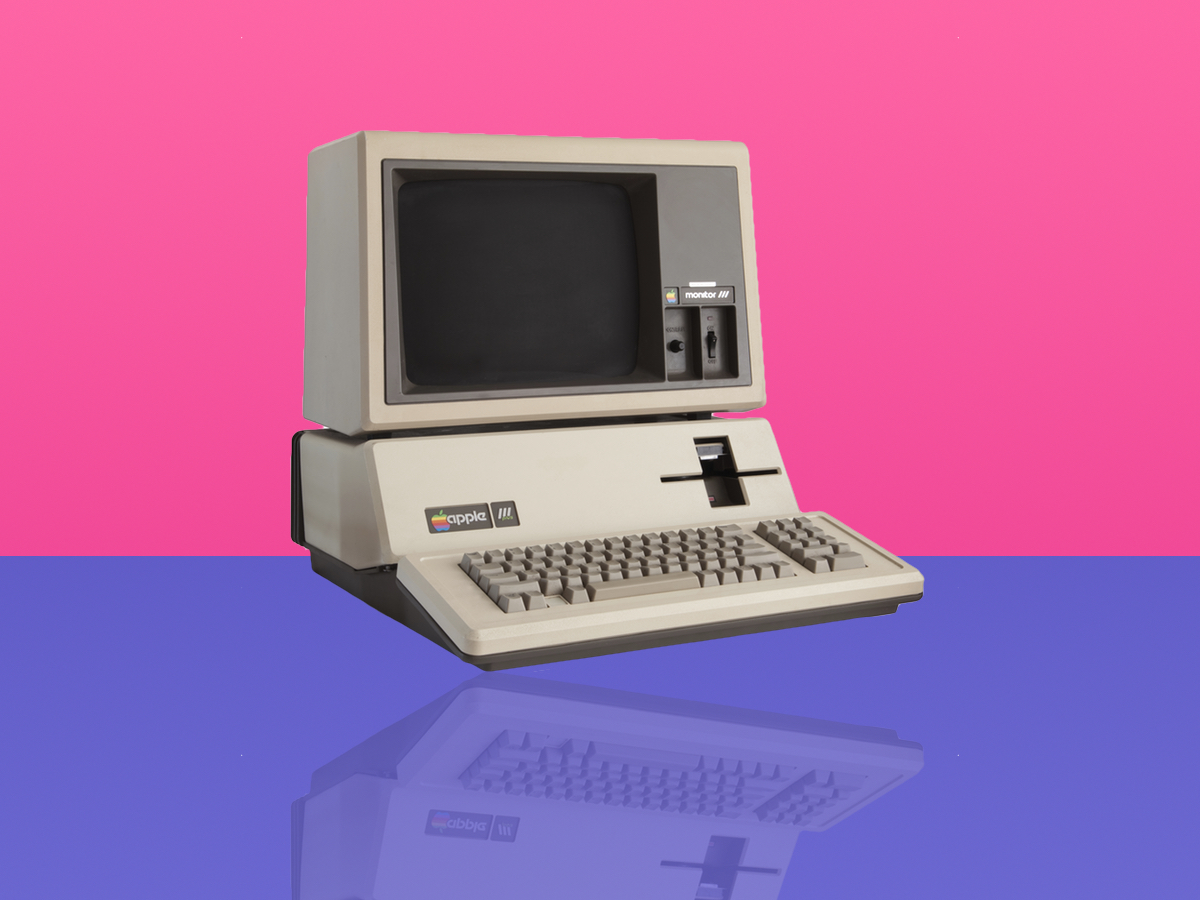
1) Apple III (1980)
Oh, the Apple III. Where its predecessor was a computing game-changer, Apple’s next effort was its biggest ever failure. Pitched for business, the beige machine was flawed to the core: devoid of a cooling fan on Steve Jobs’ instruction, it would regularly overheat – resulting in massive system failures. Some 14,000 were recalled for repair, but even fresh hardware couldn’t fix a buggy system and a reputation in tatters.
